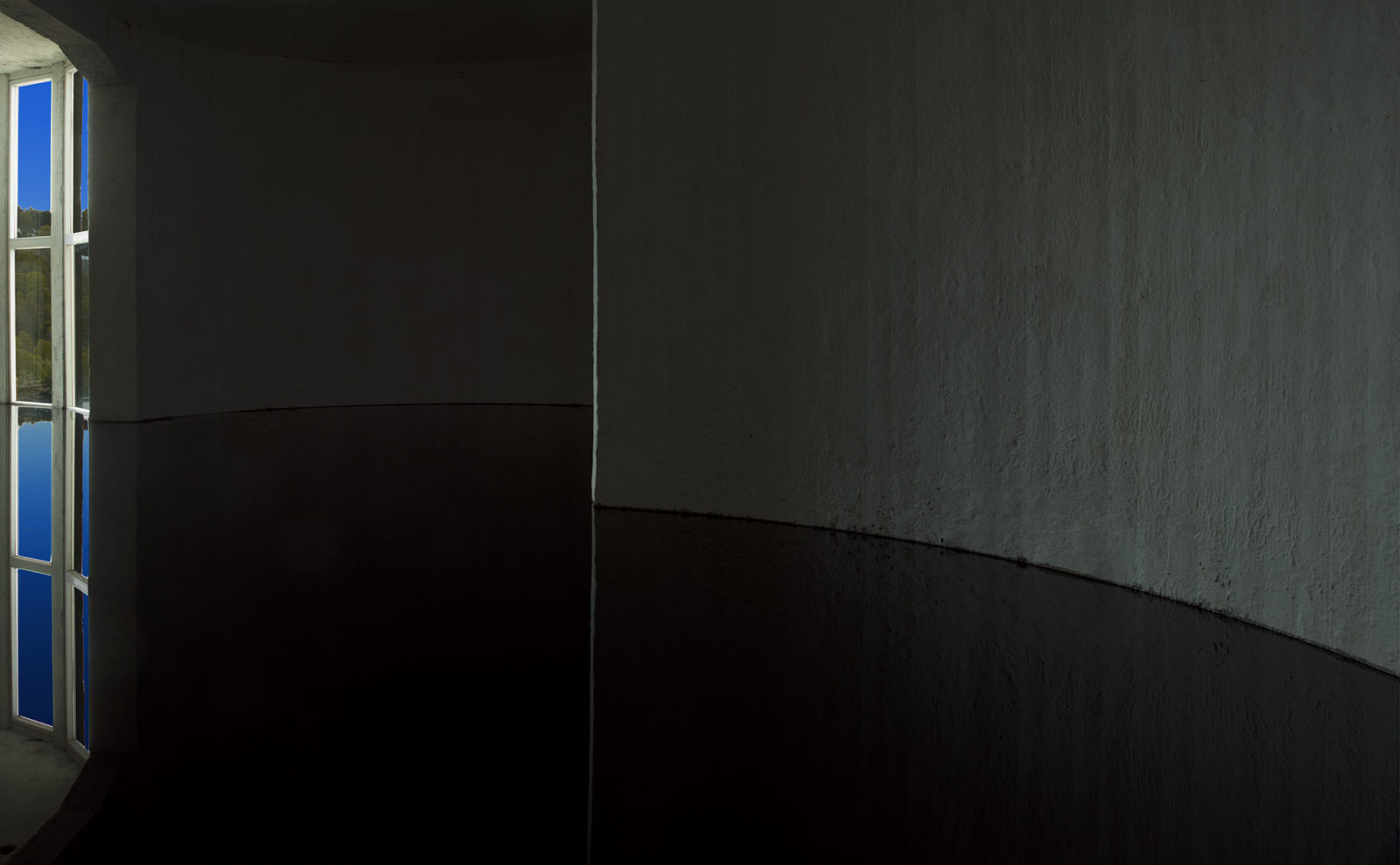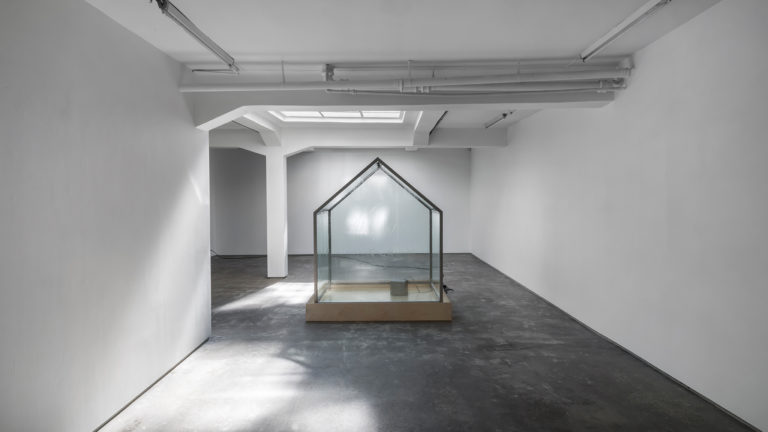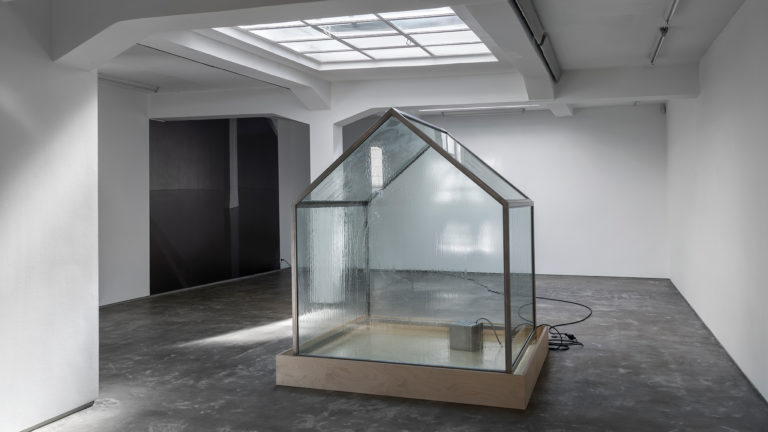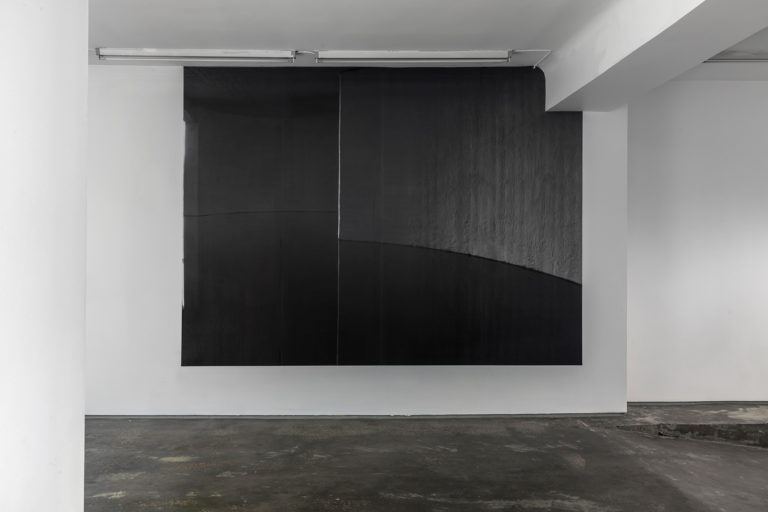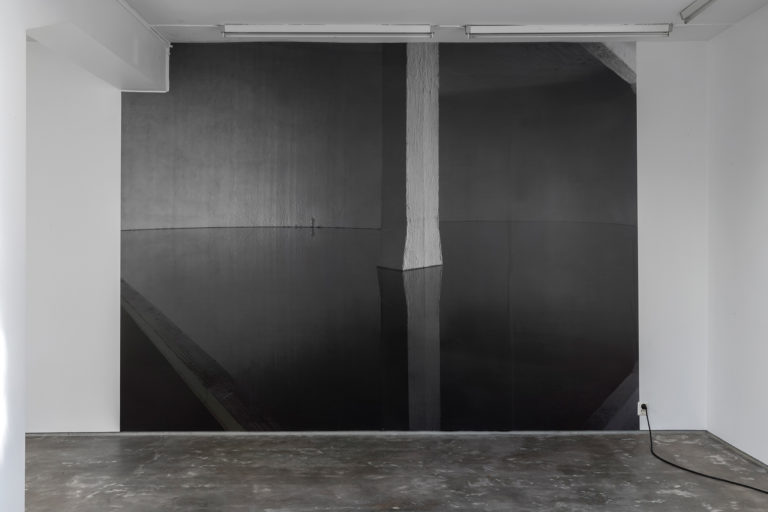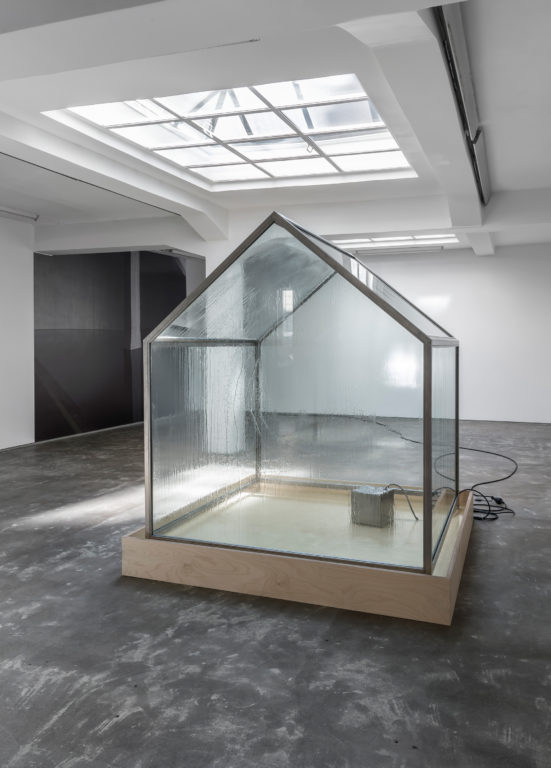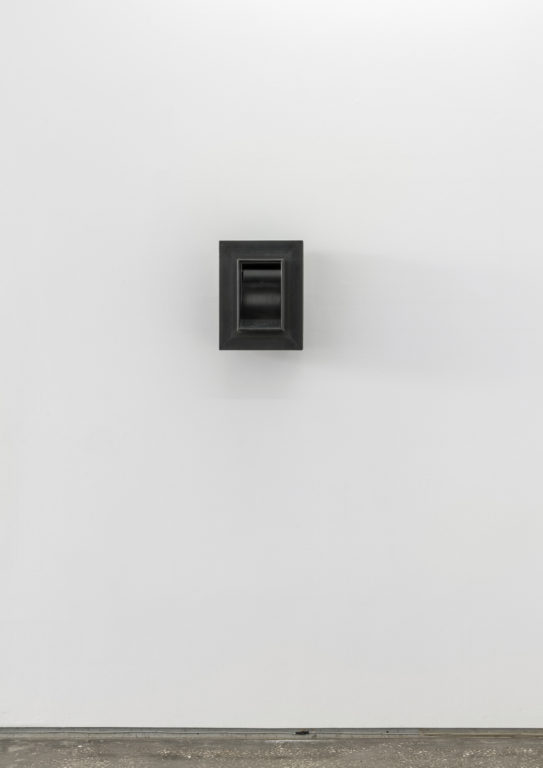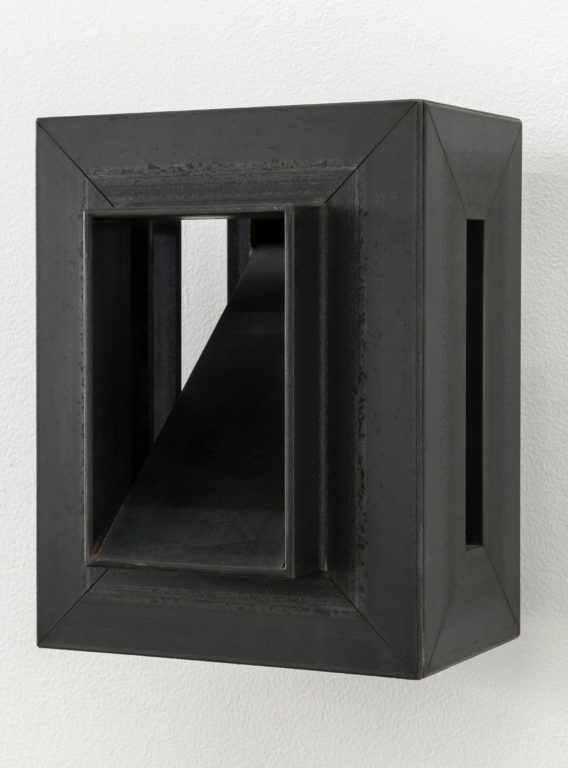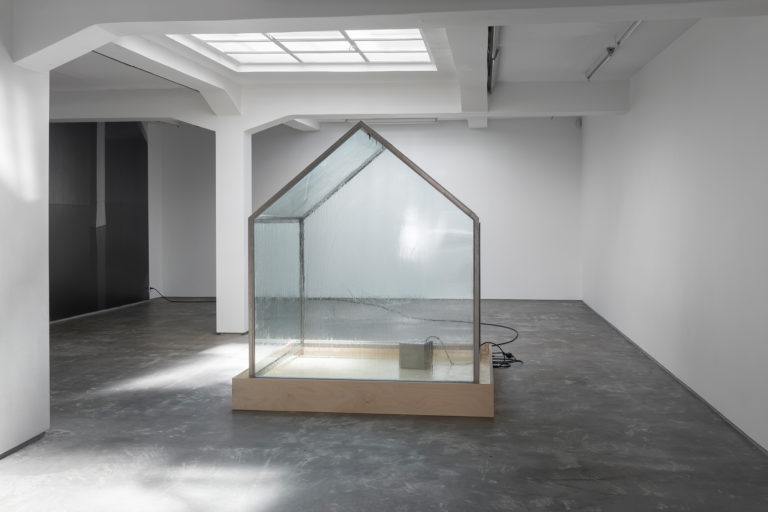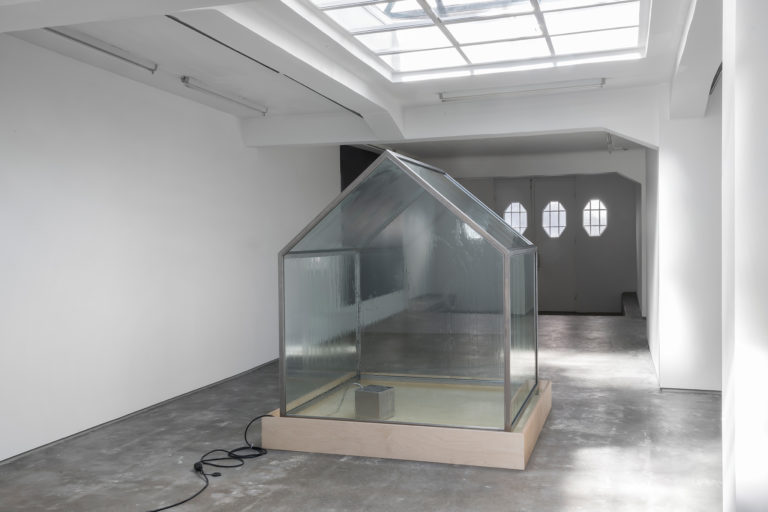OSL contemporary is proud to present its second exhibition by Per Barclay. An established name in Norway and beyond, the artist is known for his sculptures, installations and photography. The exhibition at OSL contemporary encompasses his diverse practice, and includes works such a glasshouse and large-scale wall-mounted photographs as well as sculpture.
Barclay is best known for his 'oil rooms', and sculpture has always played an important role in his work. Interiors and architecture are recurring motifs and aid his creation of new spaces and landscapes. Throughout Barclay's practice, the use of simple materials such as steel, iron, motor oil, milk, blood and wine have led to the exploration of the duality between movement and tranquillity, engendering contemplation of time and the architectural individuality of space.
Barclay was educated and found his breakthrough in Italy, and is connected to the Arte Povera movement, as well as the trans-avant-garde, each of which originated in Italy. Rather than referring to the philosophical or symbolic, these movements are known for their investigation of pre-existing objects and materials. Barclay's works are, however, an extension of this mind-set. His participation in the 1985 exhibition "Nuove trame dell'arte" ("New themes in Art"), curated by Achille Bonito Oliva, helped define his position on the Italian art scene.
The photographs in the exhibition are from an oil installation created in Kunstsilo, Kristiansand, 2017. Three large-scale works surround a glasshouse. Mounted directly on the walls, like wallpaper, the physical size of the works imitate the sculpture's three-dimensional presence. The arched concrete walls and square pillar are reflected in the oil's surface. This reflection creates a sense of timelessness and lures the unknown.
The glasshouse is a typical structure in Barclay's work. Whereas early works were ready-made greenhouses, the artist now controls the production of the installations. Through cables and a pump, water pours down the internal glass surface. The flowing streams catch the light and play with the light-sources of the room, breaking the otherwise chilling melancholy that is found in the work. As well as the glasshouse, Barclay has previously used tents, capsules and mattresses in his sculptural installations. All of Barclay's oil rooms are produced in carefully selected locations where one does not see signs of human presence. The absence of people means the sculptures can be seen as existential reflections. A glasshouse is not where one seeks shelter: you are not protected, but exposed. In Barclay's glasshouse there are no growing plants, and it does not shield from the rain. The uninviting and almost threatening construction is emphasised by the use of materials (oil, metal, steel and glass), and the clinical precision of the execution of the artwork. Barclay manages to create a space that is clinical in its form, however expressive in its sublime beauty and aesthetical minimalism.
Coinciding with the exhibition a conversation between Per Barclay and Vigeland Museum Director Jarle Strømodden will take place. The conversation will be published as part of OSL series.
Per Barclay (b. 1955, Oslo) lives and works in Oslo and Torini, Italy. He has exhibited widely both nationally and abroad. Barclay's work is part of key private and public collections, including The National Museum, Henie Onstad Centre (HOK) and the Astrup Fearnley Museum, as well as museums in France, Italy and Spain. He has been the featured exhibitor during "Festspillene" in Bergen (2001) and in Nord-Norge (2009), and represented Norway at the Venice-biennale, 1990.
2017 Barclay opened the new art center, CCC OD, Tours, France and he recently opened a large scale solo at KODE Art Museum, Bergen.
Upcoming exhibitions include Manifesta 12 (Collateral Events), Palermo Italia summer 2018.
